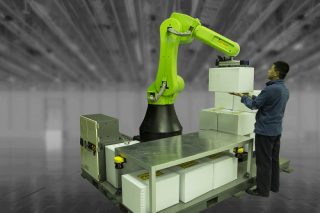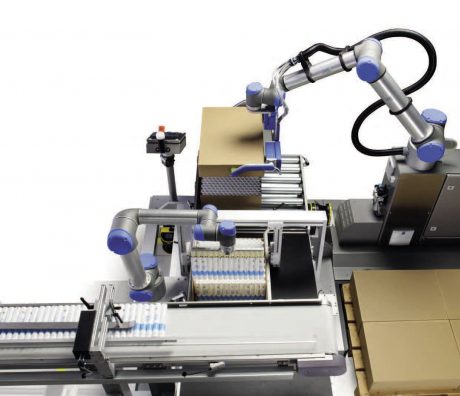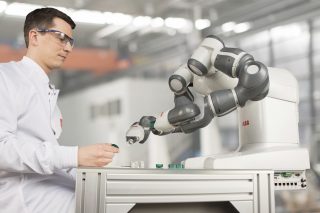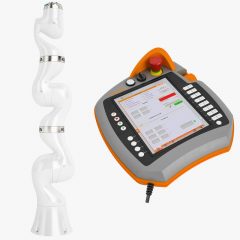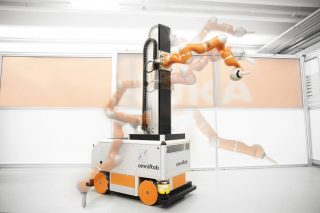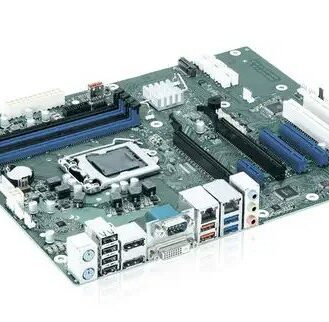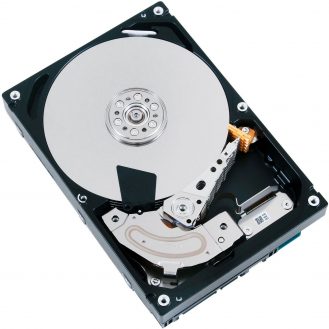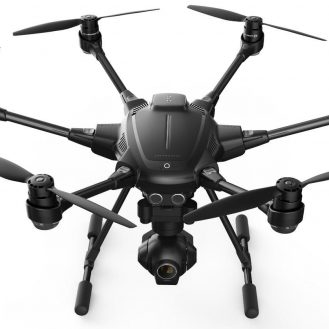Among the latest developments in robotics is the arrival of collaborative robots, or cobots, which has revolutionized the industrial world.
Collaborative robots are complex machines that work hand in hand with human beings. They support and relieve the human operator in a work-sharing process.
Collaborative robots are robots able to interact with their environment. Cobots can work in the same space as an operator without a safety barrier. This cohabitation is made possible because cobots are equipped with sophisticated security mechanisms, based on force control and constant monitoring of what is happening around them. Thanks to their sense of touch, special cameras and anti-collision systems, they coordinate their movements with those of human workers while avoiding accidents.
The advantages of collaborative robots include low integration and start-up costs. Cobots’ learning method makes using and programming them simpler. They are more flexible than other robots: they can be moved from one workstation to another and reprogrammed easily.
Their main disadvantages are their payload and operating speed which are lower than other robots.
Today, cobots are widely used in industrial production, particularly in the automotive sector, in inspection and handling, and in the medical field, particularly in surgery.

